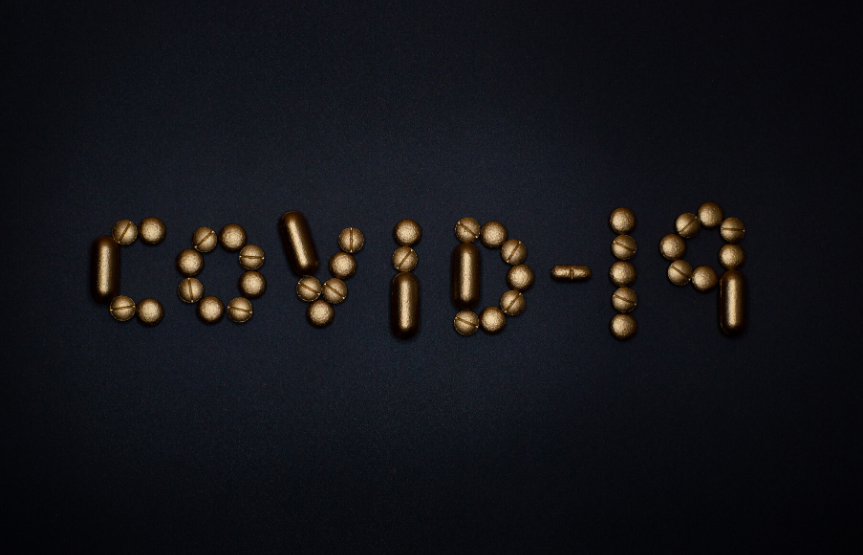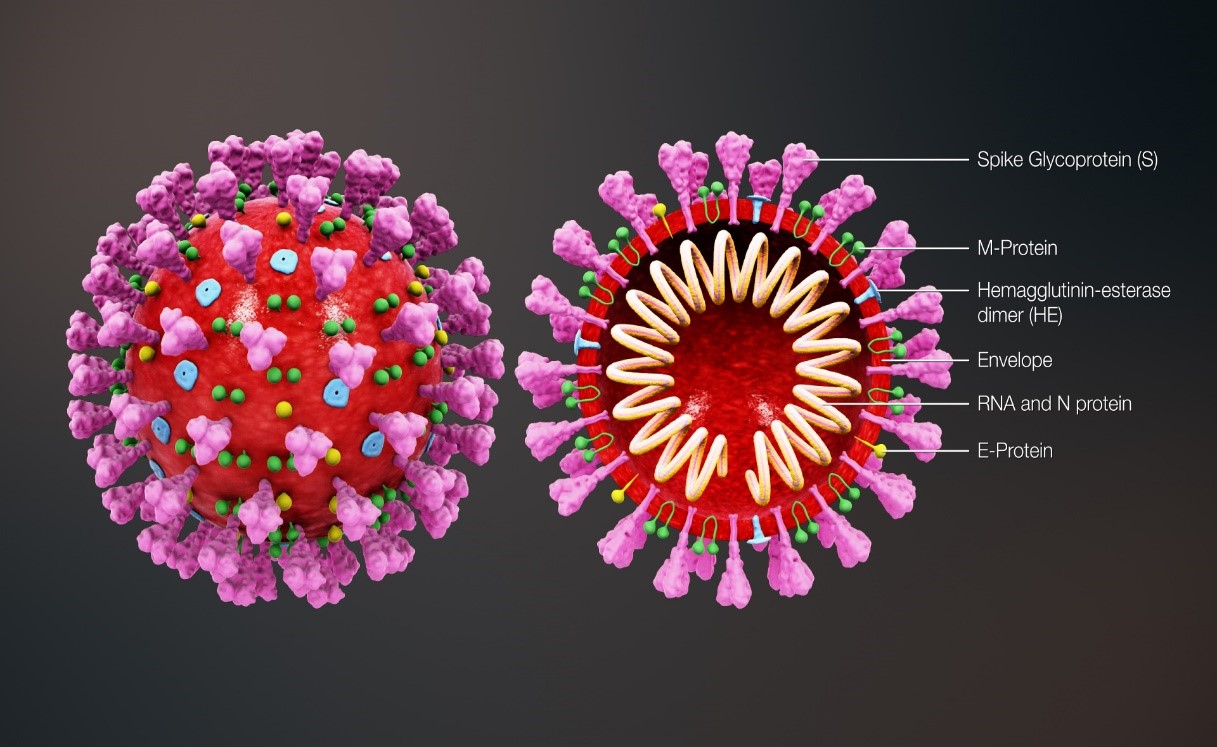Terms and Conditions of Use
The terms of use set forth the terms and conditions governing the use of the website www.nyc.gr and the New York College website (hereafter collectively referred to as “Site”) in general. The use of this Site implies the unconditional and binding acceptance of the mentioned terms, which apply to the whole of its content. If you do not agree with these terms, please do not access this site and its services.
NYC Program Registration
To subscribe to a NYC Educational Program offered through the Site, you must follow the instructions provided to complete the relevant registration form. When you sign up, you are asked to provide the minimum required personal information for registering in a training program. After completing the registration, you must, within the given deadlines set by NYC and listed on your registration, pay the amount or at least the minimum down payment for your successful enrollment.
For more information go to the field “Payment Methods – Refund Policy”. If advanced payments are not made in due time, your registration is not completed.
Provision of Information
New York College makes every effort to ensure that the information and the entire contents of the website are accurate, correct, clear, complete, timely, adequate, and available. NYC does not guarantee, however, and it does not assume responsibility for lacking such information.
In no event, including this negligence, New York College assumes no liability to their content or for any kind of damage that may be caused to the user of the site in connection with use.
Information and other data made available to users via the website, to the extent that they do not concern New York College itself, are collected by New York College from publicly available sources and are provided to the users of the website for information purposes only. Any of this information is neither opinion nor statement expressing New York College’s position.
New York College does not evaluate, assess, adopt, approve or accept the information. The provision of them through the website cannot, in any way, be considered as advice or recommendation, offer, suggestion or acceptance of the proposal to draw up any contract or transaction with New York College or with third parties. The user is solely responsible for the use, evaluation, estimation and utilization for the provided information. Taking any business or other decision-making calls, prompted by this information, is the sole responsibility of the user. New York College is not required to handle or recover any damages or differences arising directly from the use of the information provided by the website.
Third-party Social Web Services to disseminate information
Users of this webpage through the introduction of hyperlinks or technical link devices (such as links, banners, or buttons) are provided the possibility to navigate on third-party websites, the content of which is at their own sole discretion. New York College does not guarantee their availability and does not approve or assumes no responsibility for the content, correctness, legality, completeness, current affairs, and accuracy of the information; nor is responsible for the quality and properties of the products or services offered therein.
New York College is also not responsible for any errors or malfunctions in third-party websites, nor for any damage to users from accessing and using the information, services and products provided through them.
Personal Data Protection and Privacy Policy (GDPR Policy)
By using the nyc.gr Site, you agree to the privacy policy applied by NYC and you agree to the collection and use of personal data.
By using and benefiting from our services, you acknowledge that the provision of our services is only possible through the use and processing of your personal data. Visit NYC’s Privacy Policy for more information.
Intellectual Property Rights Protection – Trademarks
The Site’s content (programs, informative material of any kind, data, software, graphics, trademarks, brand names, logos etc.) is property of New York College or its respective owner, which is protected by the provisions of the Greek and EU legislation.
Any modification, publication, transmission, reproduction, distribution, presentation, linking, downloading, or otherwise exploiting, in whole or in part of the content of the Site in any way or means for commercial or other purposes, without the prior written permission of New York College or of the beneficiary concerned, is prohibited.
Functions of the website
Data security is challenging in the digital age. Although New York College takes all reasonable steps to an effective approach to cyber security, it does not guarantee that the Site will operate seamlessly or be free of malware and viruses. It is not responsible for any data loss or other harm to the user or third-parties, due either to use/ copy/ download, or to tampering or infection by computer viruses or other unauthorized third-party interventions in files or data available through the Site. Users are solely responsible for protecting the system against software damages.
User Behavior
Visitors are required to comply with the relevant provisions of the Greek, European and International Law and the relevant legislation governing telecommunications, to refrain from any unlawful and abusive behavior, as well as the adoption of practices of unfair competition and other unlawful practices.
The user of the website is responsible for any damage caused to New York College’s Site due to malicious or improper use of the webpage and the services offered therein.
If New York College is involved in any legal action or is required to pay any form of compensation due to the breach of the user’s obligations under these terms, the user will be liable to compensate New York College.
The user, in using the services of the nyc.gr website, must respect the third-party intellectual property rights; comply with the conditions of use and declare his/her true personal data as requested for his/her registration. In case of false data provision, NYC reserves the right to refuse service and/or user registration and to delete him/her from the list of registered users.
By using the Site in any manner contrary to the above, except for any criminal or civil sanctions, causes the service to be interrupted without prior notice.
Access your account
You are solely responsible for all activities that occur under your account. You are responsible for the security of your account and the confidentiality of your password. Do not reuse your password in different services.
Subject to your statutory rights, if you have forgotten the password and you cannot by no other means verify your account at nyc.gr, you acknowledge and agree that your account may be inaccessible to you and all data associating your account will not be retrieved.
In addition, you understand and agree that the Internet is not a secure environment; thus, nyc.gr page takes no responsibility and will not be liable for any loss or damage caused to the receiver or third-parties due either to the use or delayed transmission, interception, alteration or virus infection of this e-mail. To avoid the transmission of viruses, it is the responsibility of the recipient to ensure that opening emails will not adversely affect the system or data.
Advice: Do not disclose to third parties your username, password, and your personal data regarding payment details to NYC. Furthermore, do not forget to log out of your accounts when you are done using the nyc.gr page in case you are accessing it though a public computer.
CAUTION: INFORM US IN CASE OF UNAUTHORIZED USE OF YOUR ACCOUNT
Provisions concerning the parties, choice-of-law, dispute settlement or other local provisions for the area.
It is expressly agreed that for any dispute or complaint that may arise from or in connection with the use of terms, validity, interpretation and operation of this Site, the Courts of Athens are solely responsible.
Modification for terms of use
New York College reserves the right to modify these terms of use and the content of the Site at any time, without prior notice to users. Users are required to check for possible changes and if they continue to make use of the Site, it will be presumed that they have accepted the modifications.


